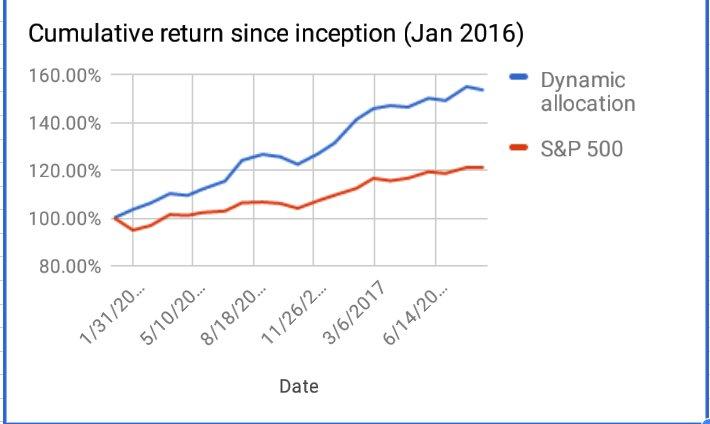Dynamic allocation indices are a type of financial index that provide an opportunity for investors to actively adjust the level of risk they take on in their portfolios. These indices make use of a dynamic allocation strategy which seeks to rebalance the portfolio’s asset weights in response to changing market conditions or economic outlooks. This feature allows investors to be more proactive and responsive when it comes to managing their portfolios, as well as providing them with greater control over the amount of risk they take on.
Concept Behind Dynamic Allocation
The concept behind dynamic allocation indices is relatively straightforward. Investors will initially determine their desired asset exposure and then allocate their capital accordingly. This initial weighting is based upon the investor’s goals, such as seeking capital appreciation or income generation. After the initial investment has been made, the index will then monitor the markets and automatically adjust its allocations in relation to changes within these markets or economic conditions. Rebalancing may involve either adding more exposure to certain assets, or reducing exposure from others if certain indicators suggest that there is an increased potential for downside risk.
It is important for investors to recognize that dynamic allocation indices are not a “set it and forget it” investment tool, but rather a long-term strategy that requires active monitoring and adjustment over time in order to maximize returns while keeping risk at acceptable levels. As such, these types of investments often require significant commitment both in terms of time and resources from investors in order to ensure proper management of the portfolio. Additionally, due to the nature of these dynamic strategies, investors must also recognize that there can be times where performance may lag benchmarks due simply to changes within markets or overall economic conditions; however, this should not be seen as a reason for concern if the long-term goals remain intact and achievable.
Here are some advantages and disadvantages of dynamic allocation indices:
Advantages
- Reduced waste: Dynamic allocation indices help to avoid over-allocation or under-allocation of resources. Resources are only allocated when they are actually required, which means that there is no wasted capacity or power consumption.
- Improved performance: By allocating resources only when needed, dynamic allocation indices help to reduce latency and improve overall system performance. This is especially important in real-time systems that require fast response times and low latency.
- Increased flexibility: Dynamic allocation indices allow resources to be shared or moved between different workloads as needed, increasing flexibility and resilience. This is especially important in cloud computing environments where workloads can change rapidly.
Disadvantages
- Increased complexity: Dynamic allocation indices can add significant complexity to systems, requiring additional software and monitoring tools to manage resource allocation. This can make systems more difficult to manage and maintain.
- Additional overhead: Dynamic allocation indices can add additional overhead to systems, requiring additional processing power and network bandwidth to manage resource allocation. This can result in slower performance and higher costs.
- Difficult to implement: Dynamic allocation indices can be difficult to implement, requiring expertise in systems architecture, software development, and network administration. This can make it more difficult for organizations to adopt this approach, especially those with limited IT resources.
Summary
In summary, dynamic allocation indices can offer significant benefits, including reducing waste, improving performance, and increasing flexibility. However, these benefits come with additional complexity, overhead, and implementation challenges. Organizations considering this approach should carefully weigh the benefits and risks, and plan for sufficient resources and expertise to ensure successful implementation. Overall, dynamic allocation indices are an increasingly popular option among many long-term investors looking for added flexibility in managing their portfolios while still attempting to reach specific objectives. With careful research into each available index option as well as ongoing monitoring afterwards, there is potential for both growth opportunities and reduced risk through strategic decision making and by taking advantage of shifting market trends when they arise.

